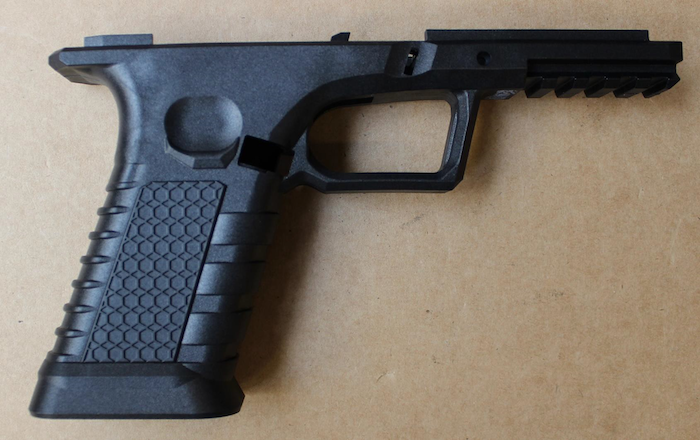
Bureau of Alcohol, Tobacco, Firearms and Explosives
Gun safety advocates and officials are warning that a new generation of untraceable weapons could soon eclipse the ‘ghost guns’ that have challenged law enforcement in recent years.
At a summit in New York City last week, policymakers, academics, 3D-printing industry leaders, and law enforcement expressed fears that as printers become cheaper and more sophisticated—and blueprints for gun parts spread rapidly online—the U.S. could be on the brink of another wave of unregulated, homemade weapons that evade serial-number tracking and background checks.
The first ‘ghost guns’ were build-it-yourself weapons assembled from kits that for years eluded federal regulation. The federal Bureau of Alcohol, Tobacco, Firearms and Explosives imposed new rules in 2022 requiring serial numbers, background checks and age verification for ghost-gun kits, regulations upheld by the Supreme Court earlier this year.
But 3D-printed weapons present a different problem. They aren’t manufactured or sold through the firearms industry, and neither 3D-printer companies nor the cloud-based platforms that host gun blueprints fall under the ATF’s authority.
Colorado Ceasefire helped pass Colorado’s 2023 Ghost Gun bill, which makes it illegal to assemble, possess, or transfer untraceable firearms, including those made with 3D printers, unless they have a serial number.